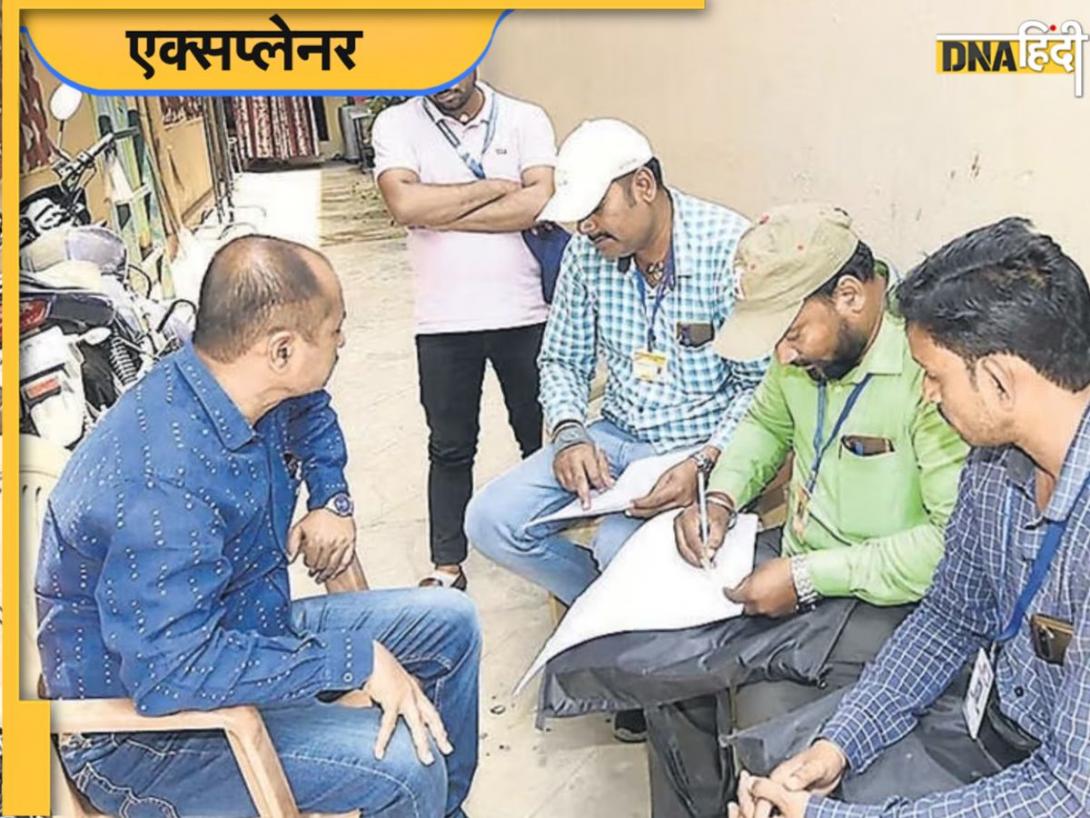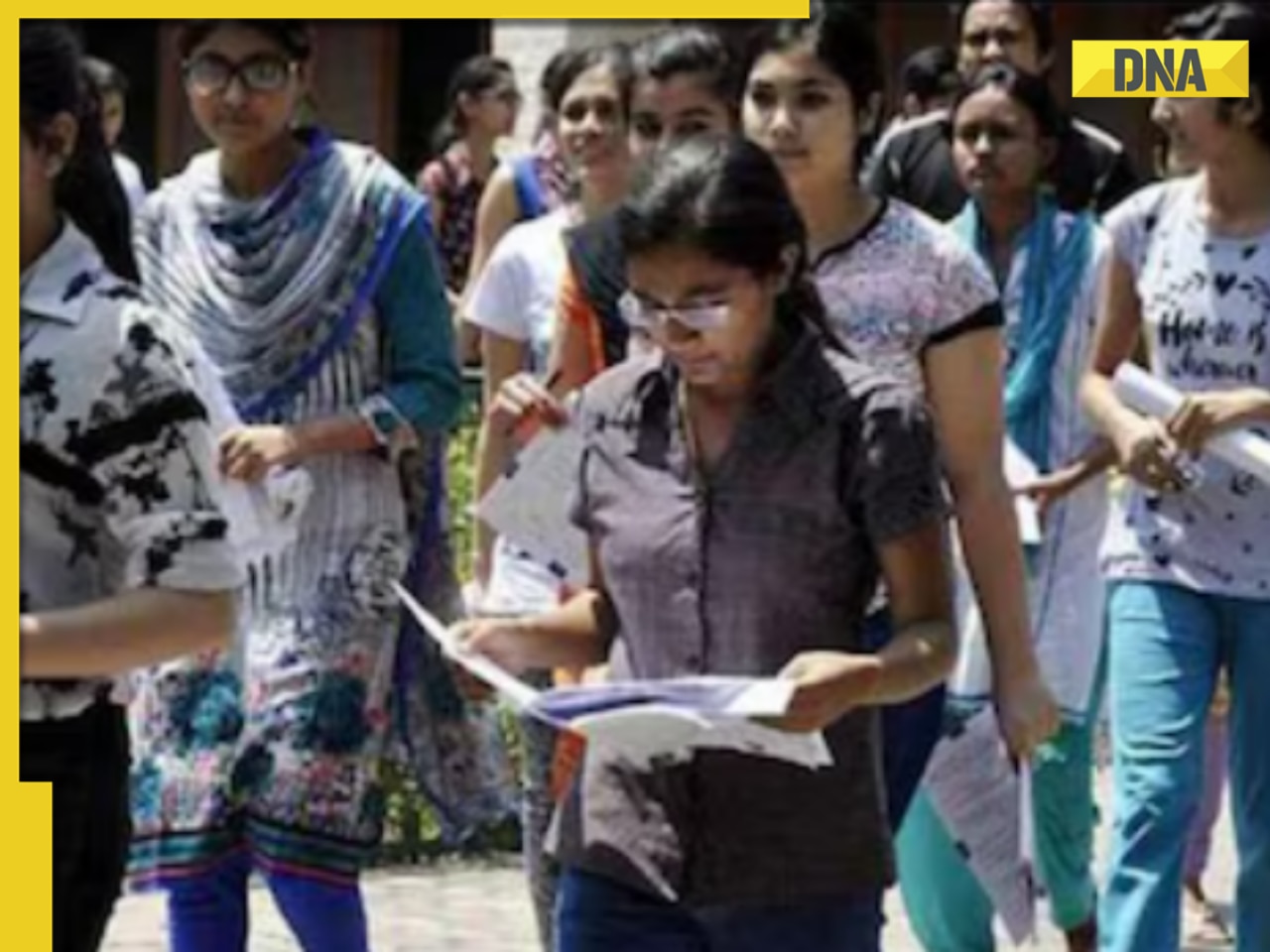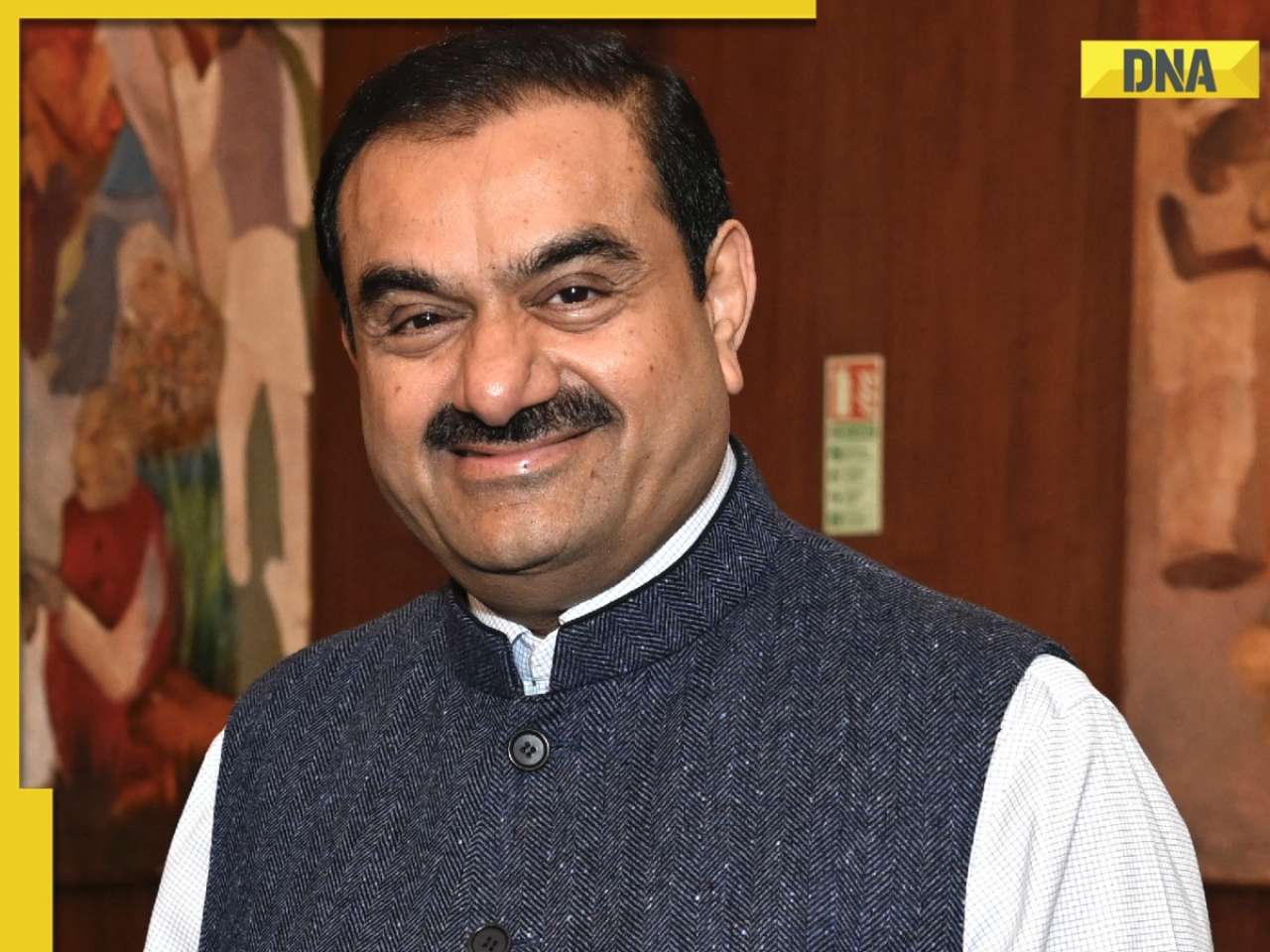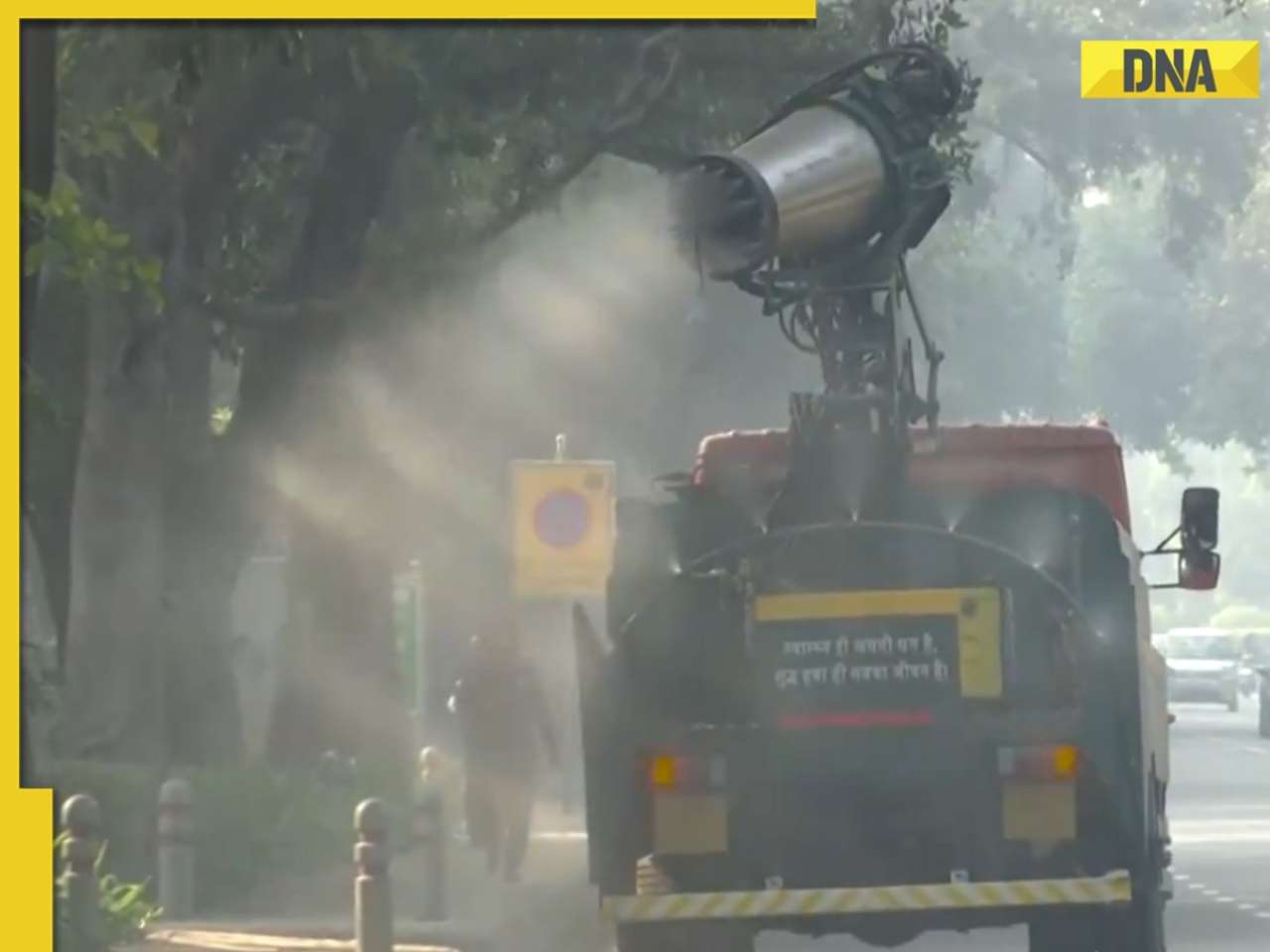- LATEST
- WEBSTORY
- TRENDING
TECHNOLOGY
Advances in Network Infrastructure Management: The Role of Automation and Telemetry in Enhancing Network Resilience
This article delves into five groundbreaking initiatives that have shaped the industry, spanning from the development of advanced basestations to the creation of intelligent trip units.
TRENDING NOW
In the fast-evolving landscape of technology, certain projects stand out for their innovation and impact. This article delves into five groundbreaking initiatives that have shaped the industry, spanning from the development of advanced basestations to the creation of intelligent trip units. Each project exemplifies the cutting-edge advancements driving the future of technology, showcasing the remarkable achievements that continue to redefine our digital world. Discover the transformative power and technological prowess that these top-tier projects represent.
Starting his career as an Apprentice Engineer at KPIT Cummins Infosystems Ltd in 2002, Roopak Ingole has ascended to the role of Director, Advanced Electronic Systems and Strategy by 2022. Ingole’s journey in technology leadership and digital transformation is marked by significant milestones and impactful achievements. His expertise has driven the development of advanced basestations, smart trip units, and numerous other innovations that continue to shape the future of technology.
At KPIT, Ingole dedicated six years, progressing from an Apprentice Engineer to a Senior Software Engineer. His next venture was at Motorola Solutions Inc. in Schaumburg, IL, where he spent another six years advancing to the position of Senior Staff Software Engineer. During his tenure at Motorola, he supported multiple research projects and designed electronic systems with embedded software for powertrain solutions. One of his notable accomplishments was leading the design and launch of MotoTRBO’s base-station, which significantly improved communication infrastructure.
In 2015, Ingole joined Cummins Inc. as a Technical Advisor, where he led various research projects and designed electronic systems and embedded software for powertrain solutions. His innovative implementation of an embedded solution for a predictive analytics algorithm helped the company reduce warranty costs. Currently, as the Director of Advanced Electronic Systems & Strategy (R&D) at Cummins Inc., Ingole spearheads the development and delivery of electronic control software for diverse research programs. His strategic insights have guided investments, shaped technology roadmaps in alignment with market needs, and accessed new business opportunities.
His leadership at Cummins Inc. includes managing a 15-member Advanced Embedded Software team responsible for delivering software solutions for engines, aftertreatment, and electric/hybrid powertrains. His strategic initiatives have reduced warranty costs by 15% and improved software development efficiency through the adoption of Agile methodologies.
Ingole’s impact on his organization is profound, with numerous projects yielding significant metrics such as cost savings, revenue increments, and efficiency improvements. Notable projects include the development of an embedded control software for Cummins Emissions Solutions, which improved accuracy and productivity, and a web-based SCADA Field Gate for Tank Gauging for Endress + Hauser, which reduced operational and maintenance costs.
Ingole’s contributions at Cummins Inc. are extensive. He developed methodologies such as the Modeling Architecture of Component Integration (MARCI) and Embedded Field Performance Analytics (eFPA), which significantly reduced testing resources and data transmission costs. He also pioneered the evaluation and adoption of AutoSAR at Cummins, enabling the company to meet critical functional safety and cybersecurity requirements.
In the realm of advanced technologies, Ingole leveraged data science and machine learning to develop fault isolation models, predictive maintenance algorithms, and embedded models for clutch engagement detection. These innovations have reduced truck downtime, improved part life, and decreased replacement costs.
He has spearheaded numerous groundbreaking projects that have significantly impacted the field of advanced automation and digital transformation. His expertise is showcased through a series of innovative initiatives, both within and outside his organization.
One of Ingole's notable projects is Embedded Field Performance Analytics (eFPA), where he embedded analytics algorithms in the Electronic Control Unit (ECU). This innovation drastically reduced data transfer over the internet, cutting data transfer costs by nearly 80%. The eFPA also facilitated prognostics, contributing to reduced truck downtime and overall operational efficiency.
Ingole's contributions to digital product innovation are equally impressive. He developed several products to detect fuel contamination, identifying gas stations supplying contaminated fuel. This initiative significantly reduced the warranty costs associated with the after-treatment system due to high sulfur content, showcasing his ability to drive cost-saving measures.
In the realm of advanced technologies, Ingole leveraged advanced data science methods and machine learning techniques to develop sophisticated fault isolation and fault tree analysis for diesel engines. This technology enabled technicians to isolate faulty parts more efficiently, resolving issues faster and minimizing truck downtime.
Furthermore, Ingole used machine learning to develop an embedded model that predicts clutch engagement in manual transmission trucks. This model not only improved the lifespan of clutches but also reduced replacement costs and truck downtime, demonstrating his ability to enhance product reliability and efficiency.
Outside his primary organization, he designed and implemented a Minimum Viable Product (MVP) for an enhanced school ERP system aimed at promoting the safety of children and automating school operations. A key success of this project was the accurate tracking of school buses and children, achieving a remarkable 98% accuracy rate.
Through these projects, he has delivered measurable results that underscore his expertise in the field. His work on the eFPA alone reduced data transfer costs by 80% and improved truck downtime. His advanced fault isolation techniques and clutch engagement prediction models have further solidified his reputation as a leader in driving efficiency and innovation in the industry.
Ingole has consistently demonstrated his ability to tackle major challenges in the realm of embedded systems, particularly with the advent of IoT and AI/ML technologies. His journey began in the early days of SCADA systems for Endress+Hauser and HMI for Schneider Electric, where ensuring safety was paramount. Ingole identified potential safety risks by shadowing end users and acting as user proxies, allowing him to implement robust electronic designs and fail-safe mechanisms in embedded software.
As the internet connectivity of electronic devices grew, so did their vulnerability to cyber threats. Embedded systems, with their limited memory and processing power, posed significant challenges for sophisticated encryption technologies. Before the advent of Trusted Platform Modules (TPMs), he developed custom software solutions like the Tiny Encryption Algorithm (TEA) to achieve basic security measures. These solutions were crucial for Engine Control Modules (ECMs) that lacked security modules. With the introduction of newer ECM generations, he employed advanced hardware-based encryption technologies to bolster security.
Standardizing security features in ECMs presented another set of challenges. By using ISO 21434 as a baseline, Ingole developed processes to assess attack vectors and identify security gaps, ensuring comprehensive security evaluations and mitigations.
Environmental sustainability has also been a key focus for him, particularly in the telecommunications and automotive industries. Beyond regulatory compliance, he pioneered innovations to make engine products more environmentally friendly, securing patents for technologies such as robust GPS tracking, efficient exhaust temperature monitoring in diesel engines, and smart oil control for engine cylinders. These efforts have significantly reduced the environmental footprint of the products he has worked on.
Through these initiatives, he has not only enhanced the safety and security of embedded systems but also advanced their environmental sustainability, setting a new standard for a safer, more secure, and greener future.
The seasoned expert in embedded systems offers valuable insights into the transformative role of these technologies in automotive and telecommunications electronics. Embedded systems, specialized computing units designed for specific functions within larger systems, have become pivotal in driving innovation and efficiency. Their real-time capabilities and functionalities are essential for the seamless operation of complex devices across industries.
Ingole highlights the evolution of embedded systems in automotive electronics, starting from simple microcontrollers for engine control to sophisticated integrated circuits powering advanced functionalities like infotainment systems and advanced driver-assistance systems (ADAS). This progression has paved the way for intelligent and interconnected vehicles. Today, the automotive industry is shifting towards electric vehicles (EVs) and Software Defined Vehicles (SDVs). Embedded systems are crucial in managing software updates, enabling vehicle-to-everything (V2X) communication, and enhancing safety features. SDVs, in particular, benefit from continuous software improvements through over-the-air (OTA) updates, enhancing performance, safety, and user experience.
In telecommunications, embedded systems are central to the development of 5G and upcoming 6G technology. These systems enable high-speed data transmission, low latency, and improved network reliability, handling complex processing tasks to meet the demands of an increasingly connected world. Additionally, the Internet of Things (IoT) relies on embedded systems for intelligent communication and decision-making, vital for smart cities, homes, and industrial automation.
He also emphasizes the benefits and challenges of automotive innovations. In SDVs, embedded systems allow for continuous software enhancements, improving vehicle performance and safety through OTA updates. However, ensuring the reliability, safety, and security of embedded software remains a challenge. Autonomous driving, heavily reliant on embedded systems, requires high standards of reliability and safety, processing sensor data, making real-time decisions, and ensuring safe vehicle operation.
Environmental sustainability is another focus area for Ingole. Embedded systems optimize battery management, energy consumption, and charging processes in EVs, contributing to their efficiency and sustainability. Roopak Ingole cites Cummins' Planet 2050 vision, aiming for a net-zero carbon footprint by 2050, where embedded systems and advanced software play a crucial role in developing low-emission powertrains and integrating alternative fuels, reducing emissions, and achieving sustainability goals.
The integration of AI and ML into embedded systems further enhances their capabilities. These technologies enable predictive maintenance, autonomous decision-making, and personalized user experiences. In automotive, AI and ML enhance ADAS and autonomous driving, while in telecommunications, they optimize network performance and manage vast data efficiently.
In conclusion, he underscores that embedded systems are the backbone of modern automotive and telecommunication electronics, driving innovation and efficiency. As these industries evolve, the role of embedded systems will become even more critical, enabling advancements in 5G/6G technology, SDVs, autonomous driving, and sustainable practices. The integration of AI and ML paves the way for a smarter, more connected future, with initiatives like Cummins' Planet 2050 vision leading the charge towards a cleaner, more sustainable automotive industry.



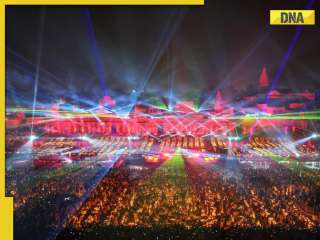



)
)
)
)
)
)
)
)
)
)
)
)
)
)
)
)
































